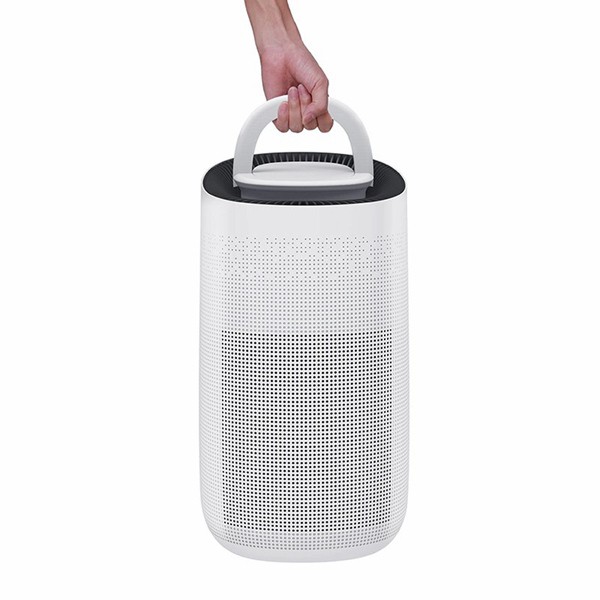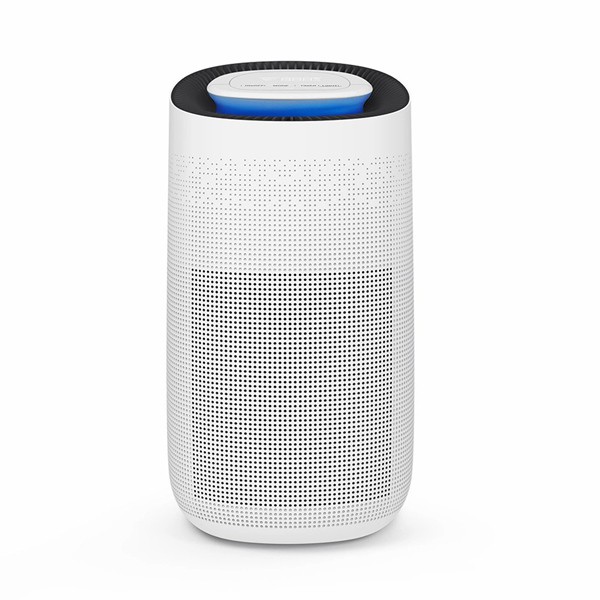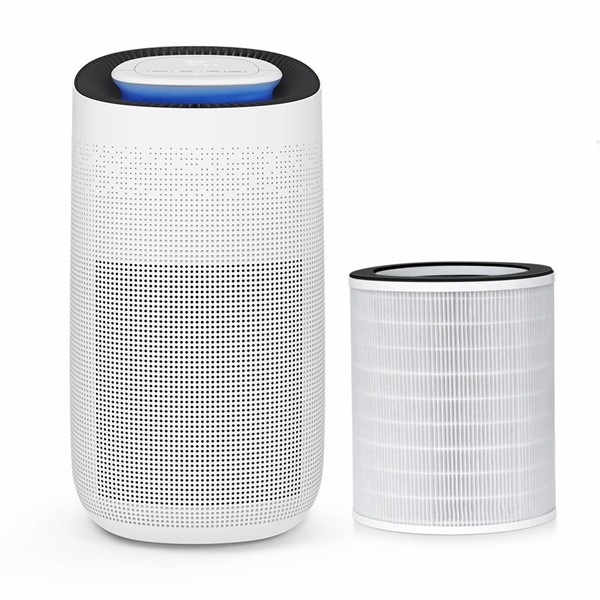2024 New Arrival Sensor Air Purifiers Portable for Allergy Smokers
Product description
When choosing a household air purifier, consumers should pay attention to its CADR value (purification efficiency), CCM value (filter life), energy consumption, noise and other indicators, and choose according to their own needs and actual situation. By using household air purifiers reasonably, people can create a healthier and safer indoor living environment for themselves and their families.
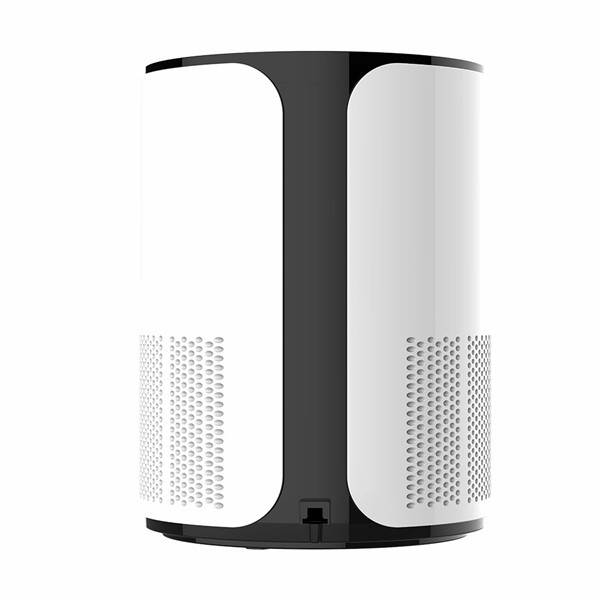
Air purifiers mainly use various technical means such as physical filtration, electrostatic dust removal, chemical adsorption, negative ions, etc. to remove pollutants such as particles, bacteria, viruses, and harmful gases from indoor air, thereby improving indoor air quality. Its working principle can be summarized as inhaling indoor air, undergoing multi-layer filtration and purification treatment, and then releasing fresh and clean air back into the room.
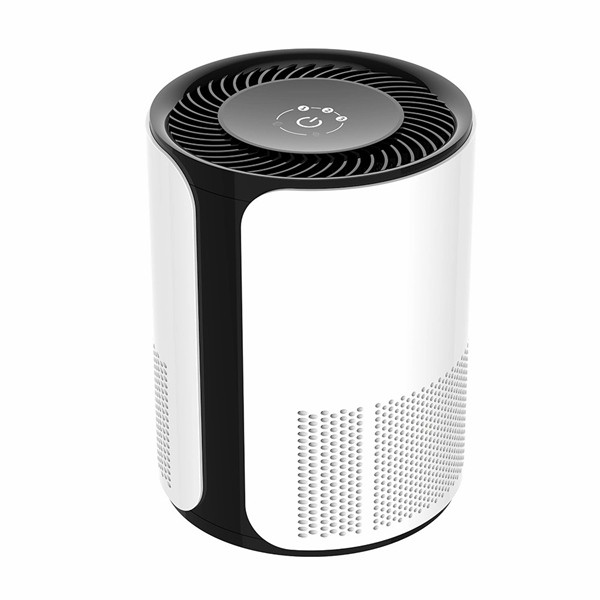
In short, as a device that can improve indoor air quality, air purifiers are of great significance for protecting people's respiratory health and improving their quality of life. When choosing an air purifier, it is necessary to choose according to one's own needs and actual situation, paying attention to indicators such as purification efficiency, filter life, energy consumption and noise. By using air purifiers reasonably, we can create a fresh, healthy, and comfortable indoor environment for ourselves and our families.
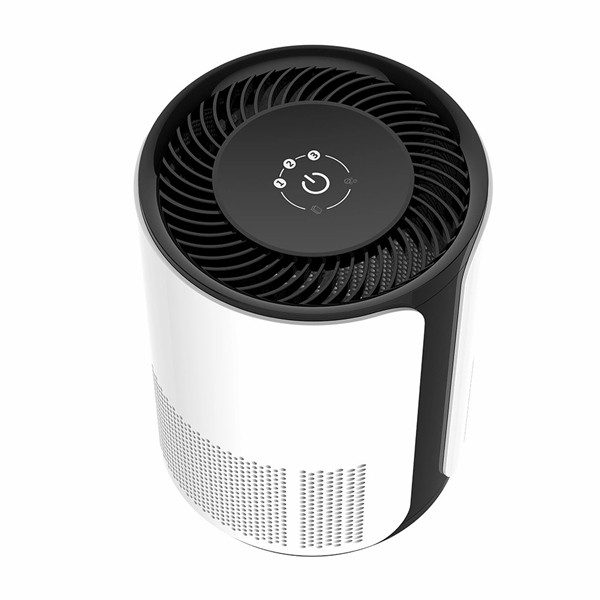
Air purifiers play a crucial role in improving indoor air quality. Firstly, it can remove particulate matter such as dust and pollen from indoor air, reducing the risk of respiratory diseases. Secondly, air purifiers can remove microorganisms such as bacteria and viruses from indoor air, reduce the possibility of disease transmission, and provide a safe and healthy breathing environment for family members. In addition, air purifiers can also remove indoor odors such as smoke and pet odors, improve the indoor environment, and enhance living comfort.

Air filters use specific filtering materials to intercept and adsorb harmful substances such as particles, bacteria, viruses, pollen, dust mites, etc. in the air, thereby achieving the goal of purifying the air. Common filtering materials include fiber filter materials, activated carbon, high-efficiency filter paper, etc. They can capture particles of different sizes and effectively improve indoor air quality.
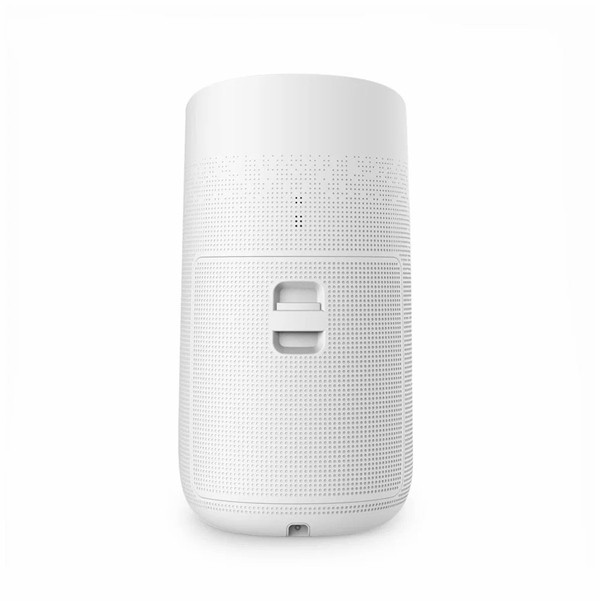
Recommended products

